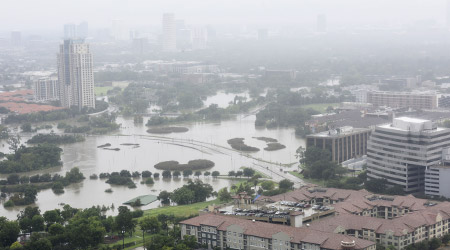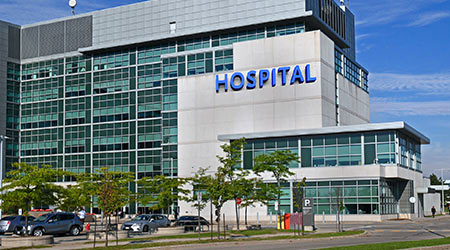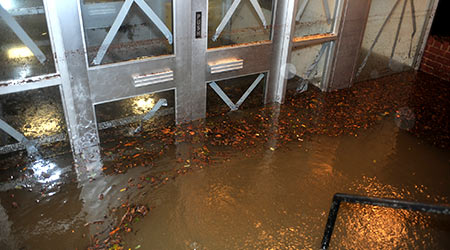
How Lessons From Sandy Can Apply to Harvey
September 7, 2017
As the second week of clean-up and recovery begins in Southeast Texas and Louisiana, many facility managers are getting down to the business of assessing how their resilience and emergency preparedness plans stood up. Scientists are calling Harvey a 1,000-year flood, unprecedented in scale. Did high-performance buildings with strong resilience strategies fare better than traditional buildings? The severity of the storm makes it tough to tell.
But facilities with those plans in place may likely have a better chance of recovering more quickly in the next few weeks than those without plans. After Hurricane Sandy in 2012, we did a nine-part series of articles on how facilities in New York and New Jersey weathered that storm, and lessons they learned during recovery.
These lessons, especially cogent now, range from strategic to practical. A facility executive at Newark Public Schools in New Jersey, for instance, learned to have contingency plans in place for generator fuel. Running out of fuel was especially problematic in the case of a new $120 million facility with an electric sump pump. The team was literally filling five-gallon containers with diesel and bring them in on pickup trucks to keep the generators fueled and the pumps running.
Other lessons include longer-term strategic initiatives like moving the location of electrical equipment from the basement to upper floors. That sounds obvious, but at least in New York, it was certainly common for even generators to be located on a ground floor or in a basement.
At Rockefeller University in New York, a big investment had been made prior to Sandy to move a data center to the third floor of a building. This saved untold thousands of dollars as the main data center stayed dry during the storm. In Houston, many data centers seemed to have done well weathering the flood.
What is sure is that massive storms like these are terrifyingly regular now. Sandy was dubbed a 500-year storm, and so having a 1,000-year event and a 500-year event within five years of each other? That’s not normal. Or maybe it’s the new normal. Either way, it’s frightening.
This Quick Read was submitted by Greg Zimmerman, executive editor, Building Operating Management. Read his cover story on the how sustainability and resilience complement each other.
Next
Read next on FacilitiesNet












